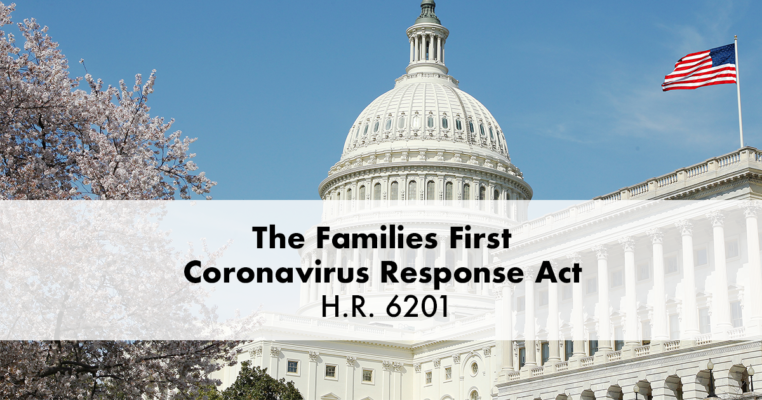New FAQs on the FFCRA Address Small Employer Exemption
The U.S. Department of Labor (DOL) issued new FAQs that address the small employer exemption to certain paid leave requirements under the Families First Coronavirus Response Act (FFCRA).
Small businesses with fewer than 50 employees may qualify for an exemption from the requirement to provide leave because a child’s school or place of care is closed, or child care provider is unavailable, due to COVID-19 related reasons. To claim this exemption, an authorized officer of the company must determine that at least one of the following three conditions is satisfied:
- The leave would result in the small business’s expenses and financial obligations exceeding available business revenues and cause the small business to cease operating at a minimal capacity;
- The absence of the employee or employees requesting leave would entail a substantial risk to the financial health or operational capabilities of the small business because of their specialized skills, knowledge of the business or responsibilities; or
- There are not sufficient workers who are able, willing and qualified, and who will be available at the time and place needed, to perform the labor or services provided by the employee or employees requesting leave, and this labor or these services are needed for the small business to operate at a minimal capacity.
Click here for the DOL’s FAQs.
Recent Posts
The U.S. Department of Labor Announces Proposed Rule To Protect Indoor, Outdoor Workers From Extreme Heat
The U.S. Department of Labor has proposed a new rule aimed at protecting workers from extreme heat hazards. This initiative seeks to safeguard approximately 36 [...]
Supreme Court Overturns Chevron Deference: What It Means for Workplace Safety and Regulation
The landscape of federal regulation is set for a seismic shift following a recent Supreme Court decision. On June 28, in Loper Bright Enterprises, et [...]
Navigating the Compliance Maze: How NARFA Simplifies Employee Benefits for Automotive and Trade Industries
In today's complex regulatory environment, businesses in the automotive, roads, fuel, and related industries face unprecedented challenges in managing employee benefits. Recent studies show that [...]




